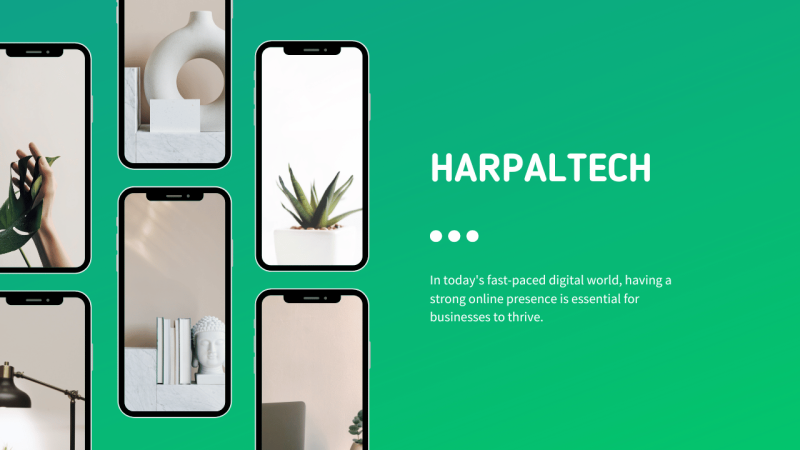Unleashing the Power of B2B SaaS Lead Scoring

Within the dynamic field of business-to-business (B2B) software as a service (SaaS), lead scoring is a key tactic that may greatly improve revenue generation and sales efficacy.
Gaining proficiency in lead scoring is essential as companies depend more and more on digital channels to spur expansion and profitability.
To fully realize the potential of B2B SaaS lead scoring, we will examine the details in this article, including its importance, advantages, and best practices.
Understanding B2B SaaS Lead Scoring
Lead scoring is a tool used by sales and marketing teams to evaluate the potential value of leads and prospects.
In the context of business-to-business software as a service (B2B SaaS), lead scoring assigns a numerical value based on specific lead behaviors and attributes that indicate the likelihood that the leads will become paying customers.
These characteristics might include website interactions, firmographics, engagement with marketing material, and more.
Importance in the B2B SaaS Industry
Lead scoring is essential for maximizing sales and marketing efforts in the fiercely competitive B2B SaaS sector, where gaining and keeping clients is crucial.
Businesses may maximize efficiency and return on investment (ROI) by concentrating their resources and attention on prospects who have the best chance of converting by prioritizing leads based on their propensity to convert.
Advantages of B2B SaaS Lead Scoring
- Increased Productivity in Sales
Sales teams may more efficiently use their time and resources by concentrating on prospects that have the highest conversion potential by giving priority to high-quality leads. Higher productivity and more successful sales are the results of this.
- Better Lead Acquisition
Marketers may customize their lead nurturing campaigns by using lead scoring to take into account the unique requirements and habits of various target audiences. Throughout the buyer’s journey, this individualized strategy strengthens relationships with prospects and boosts engagement.
- Improved Alignment between marketing and sales
By offering a precise structure for classifying and ranking leads, lead scoring promotes improved communication and coordination between the marketing and sales departments. By ensuring that both teams are working toward the same objectives, this alignment eventually leads to an increase in income.
- Information-Based Decision Making
Businesses should ensure that their lead scoring models continue to be effective in the face of shifting market dynamics and consumer behaviors by utilizing data and analytics to continually improve and enhance them. Organizations are empowered to make well-informed decisions that propel corporate success thanks to this data-driven strategy.
Best Techniques for Putting B2B SaaS Lead Scoring Into Practice
- Clearly define the criteria
Provide precise standards for grading leads according to firmographics, internet activity, participation with campaigns, and demographic data. To guarantee alignment and buy-in, work together with the marketing and sales departments.
- Consistently Evaluate and Improve
Lead scoring is a dynamic process that has to be reviewed and improved upon frequently to stay useful. Review your lead scoring model’s performance regularly, and update it as necessary in light of user feedback and data analysis.
- Combine Marketing Automation and CRM Systems
Connect your marketing automation and customer relationship management (CRM) systems with your lead scoring system to guarantee smooth lead monitoring and execution through the sales funnel. This interface makes automated workflows possible and provides real-time visibility into lead score outcomes.
- Provide Training and Education
It gives your marketing and sales staff the instruction and training they need to comprehend the lead scoring system and make the most of the insights it offers. To achieve success, promote a culture of cooperation and never-ending education.
Conclusion
Lead scoring shows up as a potent tool for maximizing marketing and sales efforts, propelling revenue development, and cultivating better client connections in the cutthroat world of B2B SaaS.
Businesses may realize the full potential of lead scoring and obtain a competitive advantage in the market by comprehending its importance, utilizing its advantages, and following to best practices.
Accept the power of B2B SaaS lead scoring to take advantage of fresh chances for success in the modern day.






